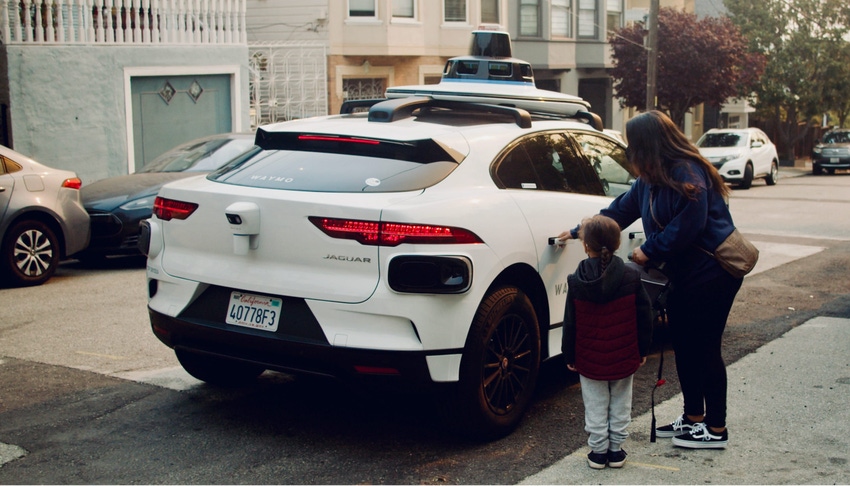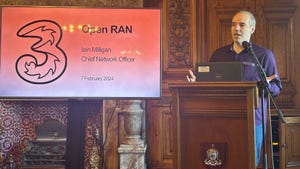
Driverless vehicle company Waymo made waves with its recent launch of a paid, autonomous ride-hailing service in San Francisco. However, the company has deliberately excluded 5G technology from its core offering, opting instead for on-board computing.
In response to inquiries from Light Reading, a Waymo spokesperson revealed that the company's self-driving vehicles are not reliant on a continuous wireless connection for safe operation, nor do they use vehicle-to-vehicle (V2V) communications.
"We believe the most optimal way to operate autonomous driving technology is for the compute to be on board and for it to make decisions, without needing to rely on cell signals and remote operators," the spokesperson wrote. "We don't want to have a situation where, say, if the car lost cell connection, it couldn't make a left turn. Therefore, everything from custom made maps to robust neural nets that inform our perception and routing runs on board."
Waymo's vehicles are equipped with a cellular connection, which is used to supplement the autonomous driving system with real-time road conditions, said the spokesperson. The company declined to provide any more details on its usage of cellular connections, including whether the company's cars use 4G or 5G and which service providers they might connect with.
It's worth noting though that Waymo's approach is not cheap. According to The New York Times, the company's cars can cost up to $200,000.
San Francisco has served as a proving ground for Waymo's autonomous technology for several years, alongside other industry players like Cruise, owned by General Motors. Waymo is owned by the parent company of Google, Alphabet.
San Francisco officials have recently opened up to paid, driverless car operations in the city. But they have seen some backlash among opponents of the technology, who point to several examples of the gadgets running amok. For example, a recent driverless car traffic jam was caused by the collapse of cellular connections due to the nearby Outside Lands music festival, which overloaded the wireless network. That event affected Cruise driverless vehicles.
For its part, Waymo has been collecting fares in the Phoenix area for several years and now has a fleet navigating some 200 miles across that region, including to and from the airport.
The 5G Factor
Waymo's divergence from 5G technology holds significance as the initial excitement around 5G's potential connection to autonomous vehicles has waned. Amid early speculation that 5G could significantly benefit the autonomous driving sector, leading players like Waymo and Tesla are instead prioritizing on-board computing.
5G players have acknowledged the situation. For example, a recent paper from SK Telecom in South Korea highlighted the disparity between 5G's anticipated potential, particularly in fields like augmented reality (XR) and autonomous driving, and the actual outcomes. There were "misunderstandings" about network performance and problems such as device form factors and lack of market demand, it said. "A variety of visionary services were expected, but there was no killer service," the paper stated. "We should have taken a more objective perspective," it added.
Potentially as a result, some operators are slowing their 5G activities. For example, according to the financial analysts at Raymond James, AT&T is dragging its feet when it comes to deploying the midband flavor of 5G.
"We believe there is a lack of urgency regarding deployment of midband spectrum, and the company remains content for now staying behind T-Mobile and Verizon on midband buildout until it sees more material 5G revenue opportunities or user experience differentiation," the analysts wrote.
But others are plowing forward. For example, Halo.Car recently said its technology is now robust enough to remove the backup safety driver from its vehicles in Las Vegas. The company's cars rely on 5G for driverless operation.
And the 5G Automotive Association (5GAA) just this month cheered the FCC's move to begin Cellular Vehicle-to-Everything (C-V2X) testing in locations in Michigan and Denver.
Related posts:
— Mike Dano, Editorial Director, 5G & Mobile Strategies, Light Reading | @mikeddano
About the Author(s)
You May Also Like




.jpg?width=300&auto=webp&quality=80&disable=upscale)







